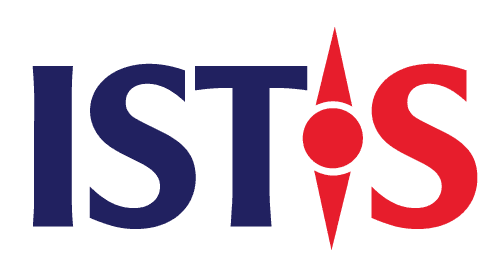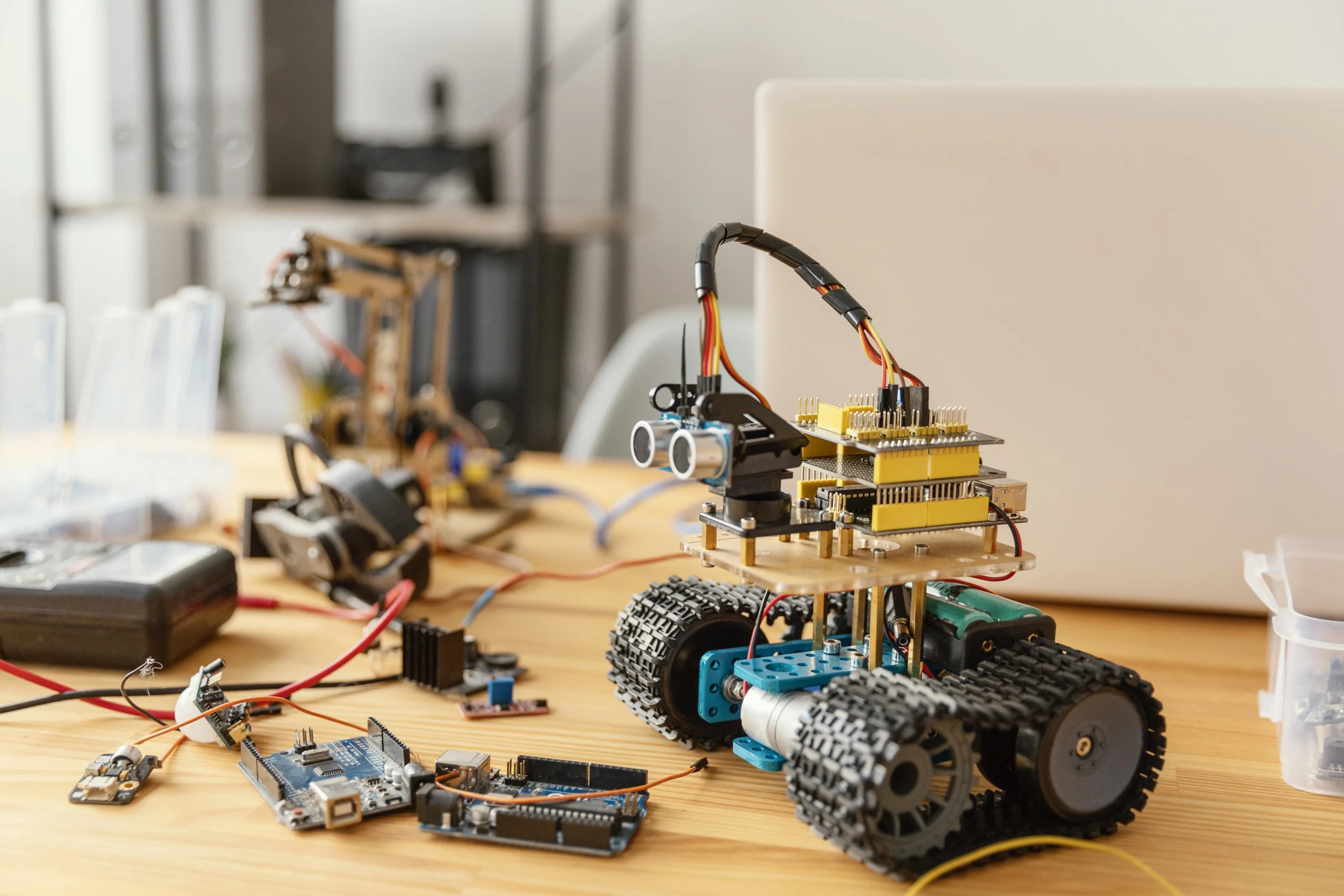The Quiet Force Behind Change
The relationship between science and technology has always been a quiet force shaping human progress. From early observations of the natural world to the complex systems of today, this partnership has guided how societies grow, adapt, and solve problems.
Rather than arriving in sudden breakthroughs, progress often unfolds in layers — one insight building on another, one tool improving the next. The development of agriculture led to settlements. Settlements created the need for systems of measurement and writing. Each step forward brought new challenges, and in meeting them, people gradually expanded the reach of what was possible.
In the modern era, science and technology became central to national growth strategies, public health, education, and industry. They helped societies weather crises, connect across borders, and reimagine how work, learning, and daily life could function. Behind nearly every meaningful improvement — from cleaner energy to faster communication — is the patient work of research, experimentation, and technological application.
This ongoing evolution is neither accidental nor automatic. It depends on long-term investment, open collaboration, and a shared commitment to knowledge. The chapters that follow reflect how science and technology have moved from quiet influences to defining pillars of modern life — and how they continue to shape the path ahead.
The Turning Points
Not every era moves at the same speed. Some decades seem quiet, content to refine what already exists. Others bring sudden acceleration — moments when the combination of science and technology reshapes how we think, work, and live.
The printing press was one such moment. It turned knowledge into something that could be shared at scale. Centuries later, electricity did the same for energy, making light, labor, and communication less bound by time or distance. The digital age, with its tiny transistors and global networks, followed the same pattern: ideas once confined to labs or theories became tools that transformed daily routines.
These turning points didn’t just change industries. They redefined what was possible across entire societies. When vaccines became viable, public health systems matured. When satellites could circle the Earth, geography became less of a barrier to understanding weather, tracking resources, or broadcasting information.
The relationship between science and technology during these moments was never one-directional. Scientific insight fueled new tools, and those tools, in turn, opened new frontiers for scientific discovery. It’s a loop — iterative, evolving, and increasingly interconnected.
What makes a turning point more than a technological leap is its reach. When entire populations benefit, when education systems shift to prepare new generations, when businesses and governments reorganize around new capabilities — that’s when the impact becomes cultural. That’s when progress becomes irreversible.
These chapters in history are reminders that meaningful change doesn’t always begin with loud announcements or big promises. Sometimes, it begins in the background — in a research paper, a prototype, a conversation between disciplines. But once the shift begins, it rarely turns back.
As we move forward, it’s not just the big discoveries that matter, but how we integrate them. How we design for people, not just performance. How we use each new capability to serve both curiosity and common good.
The Modern Landscape
Today, science and technology are no longer siloed disciplines. They intersect in complex, everyday ways — in your phone, in healthcare systems, in agriculture, in finance. The pace is faster, the scale broader, and the stakes higher than ever.
We live in a world where artificial intelligence can interpret medical scans faster than a human radiologist, where climate models use satellite data to predict droughts months in advance, and where gene-editing tools like CRISPR are rewriting the possibilities of medicine. These are not distant dreams; they are active fields, reshaping industries while ethical debates catch up in real time.
But the modern landscape is not only about breakthroughs. It’s about access. In many parts of the world, technology has helped leapfrog traditional development barriers. Remote communities with solar-powered internet access now participate in global education. Farmers use drones and soil sensors to make data-informed decisions. Local innovators customize global tools to suit regional realities.
At the heart of this transformation is connectivity — both literal and figurative. Cloud platforms and 5G networks enable seamless data flows, but it’s the human networks — researchers, entrepreneurs, governments — that define how science and technology are deployed. Collaboration is no longer optional; it’s foundational.
There’s also a new awareness: that science and technology cannot be neutral. Their direction is shaped by who participates, who is funded, and which problems are considered urgent. That’s why more organizations are investing in inclusive research, responsible AI, and open science — practices that acknowledge past imbalances and aim for broader societal benefit.
This is a world where school children code their own apps, where small businesses use AI to manage supply chains, and where urban planners simulate entire cities before laying a single brick. It’s messy, ambitious, and uneven — but undeniably more participatory than ever before.
The modern landscape is not just defined by innovation, but by integration. It asks us not only to build smarter systems, but also to build fairer ones.
Ethics, Risk, and Responsibility
Every breakthrough comes with a shadow — the ethical questions we must confront and the risks we have to manage. In a world where science and technology evolve faster than regulation, responsibility becomes a moving target.
Take facial recognition. Once seen as a futuristic convenience, it’s now a flashpoint in debates about surveillance, privacy, and civil rights. Or consider gene editing: the potential to eliminate hereditary diseases exists, but so does the risk of widening inequality or crossing ethical lines in human enhancement. The same AI that helps doctors can also generate misinformation at scale. These are not hypothetical risks; they are real dilemmas shaping policy and public trust.
For decades, innovation raced ahead on the assumption that if something could be done, it should be done. But that mindset is changing. We’re entering an era where pause, question, and re-evaluate are no longer signs of weakness — they’re marks of maturity. Scientists, technologists, and governments are building in checks: ethical review boards, impact assessments, and public consultations.
Education plays a role too. More STEM programs now integrate ethics alongside engineering. Entrepreneurs are asked not only about scalability, but about societal impact. Investors look for ESG (Environmental, Social, Governance) metrics, not just ROI. There’s a growing realization that science and technology are not tools we wield — they are environments we shape and live within.
And in this shifting terrain, responsibility doesn’t belong to a single actor. It’s shared. Governments must regulate with insight, not fear. Scientists must communicate with humility, not jargon. Tech companies must design for the long term, not just quarterly returns. Citizens, too, need to be informed — not just as consumers, but as stakeholders with a voice.
This chapter of the science and technology story is not about dramatic inventions — it’s about reflection. About asking the hard questions before systems are deployed, not after. About creating a culture where foresight matters more than speed.
Because the future isn’t only shaped by what we build. It’s shaped by what we choose to protect.
The Global Stage and Future Frontiers
Science and technology have always transcended borders. A vaccine developed in one country can save lives in another. A satellite launched in Asia may beam internet across Africa. Yet as the 21st century unfolds, the global map of innovation is shifting fast.
No longer is cutting-edge research confined to a few major powers. Nations like Vietnam, Kenya, Brazil, and Estonia are building ecosystems that rival older giants. With younger populations, digital-first mindsets, and policy frameworks that reward experimentation, these emerging hubs aren’t just catching up — they’re rethinking the rules.
Take space technology. Once the domain of governments and billion-dollar programs, it’s now home to a new wave of startups building nanosatellites and launching from unexpected corners of the globe. Or look at renewable energy: from solar grids in the Sahara to wind farms off the Vietnamese coast, the energy transition is being driven by global collaboration — not just top-down mandates.
Technology is also bridging divides. Open-source science platforms are enabling researchers in low-resource settings to collaborate with peers worldwide. Real-time translation and low-orbit connectivity are making cross-border learning more inclusive. And as AI models evolve, more governments are investing in domestic capacity to ensure they’re not just users — but shapers.
But this new era isn’t without tensions. Geopolitical rivalries, digital sovereignty, and the race for quantum advantage have brought competition to the forefront. Who controls the data? Whose ethics apply? What happens when national strategies clash over global platforms?
Still, in this competitive atmosphere, collaboration remains our best bet. Climate change won’t be solved by one nation’s innovation. Neither will pandemics, food insecurity, or biodiversity loss. The future belongs to those who can share knowledge across borders while respecting local contexts.
What lies ahead? Likely a world where boundaries blur — where science is done through global networks, and technology is co-developed by consortia, not companies alone. Where solutions are agile, inclusive, and tested across cultures before going to scale.
In this final chapter, the message is clear: the next frontier in science and technology is not just what we build — but how we build it together. The challenges are shared. The tools are evolving. And the future, if shaped with care, could be more equitable, intelligent, and deeply connected than ever before.






